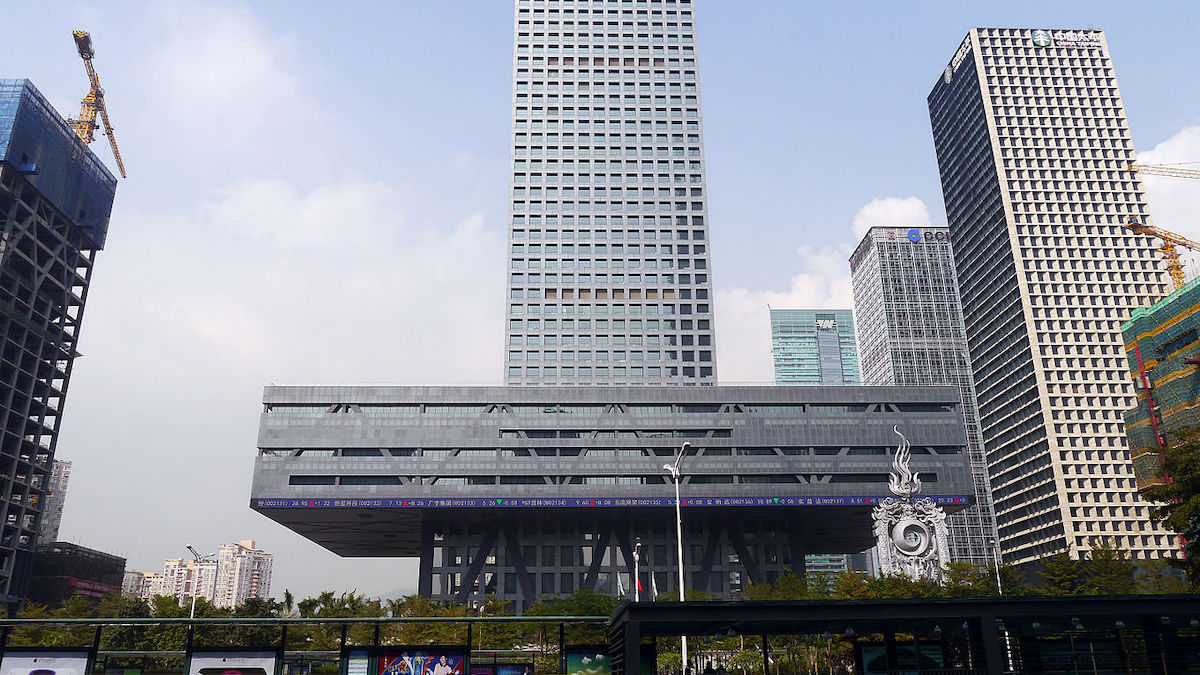(ATF) China released a plan on Sunday about implementing pilot reforms in Shenzhen – Hong Kong’s neighbour – to develop the city into a model socialist city over the next five years.
Now in its 40th year as a special economic zone, Shenzhen will be given more autonomy to manage its land and labour systems, open up its capital market, and have fewer restrictions on foreign investment in cutting-edge technologies, according to a document issued by the general offices of the Communist Party of China’s Central Committee and State Council.
The goal is for Shenzhen to become a city with advanced and well-rounded administrative systems, high-quality development mechanisms, and modern governance capabilities. It is positioned to become a stronger “core engine” for the Guangdong-Hong Kong-Macau Greater Bay Area and “a model city of a strong and modern socialist country”, the document said.
Some 27 reform measures in six key areas will be implemented, namely production factor allocation, business environment optimization, science and technology innovation, economic system open-up, wellness services, and environmental protection and urban space management.
China has supported Shenzhen in pioneering capital market reforms via initiatives such as the ChiNext board IPO system, tech startup listing and Chinese Depository Receipt (CDR) trials, plus the introduction of an exchange listing scheme for high-performing companies on the “new third board” over-the-counter market.
The city is also a test bed for China’s infrastructure-focused real estate investment trusts (REITs) programme and the central bank’s digital currency project. It will promote the research, development, application and international cooperation on the digital yuan, according to the plan.
Opening up of sectors
Opening-up in the finance and shipping industries will be expanded, with more efforts to advance the overseas use of the Renminbi/yuan and to improve the foreign exchange management system.
Shenzhen-based companies will be encouraged to go public in a foreign exchange, and foreign institutions will be encouraged to set up security brokerage and fund management companies in the city, the document said. Support will also be given to foreign institutions to obtain a payment license in Shenzhen.
Other measures include strengthening intellectual property rights protection, facilitating work visas and permanent resident permits for foreign talents, and setting up Sino-foreign joint schools.
According to the timeline unveiled in the plan, this year several major reform measures have been launched and a list specifying the first batch of authorised matters will be formulated and implemented.
By 2022, important progress should have been made in all relevant aspects.
By 2025, the reforms in key areas would have achieved milestones and set an important example for institutional building throughout the country.
According to a longer-term plan released last year, China will build Shenzhen into a national model of high-quality development, as well as a hub of innovation, entrepreneurship and creativity with international influence by 2035.
Once a small fishing village, Shenzhen has thrived under China’s reform and opening-up policy first introduced by Deng Xiaoping in 1979.
It is now home to over 13 million people and hosts high-tech companies such as Huawei, Tencent, ZTE and DJI. Its gross domestic product in 2019 was nearly 2.7 trillion yuan (US$396.9 billion).
























